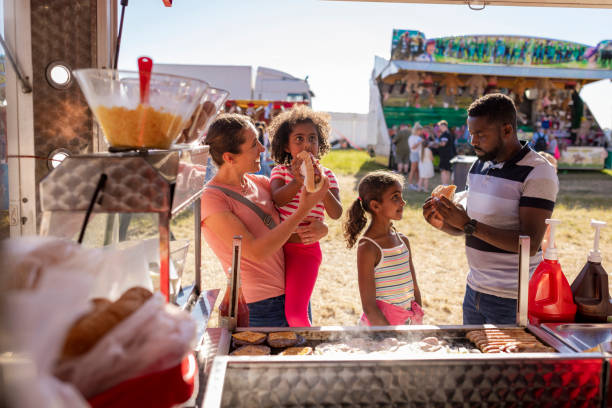Thinking about launching your very own food trailer business? You’re not alone! The mobile food scene is booming, and with the right strategy, you can whip up a recipe for success. But before you hit the road, there are some crucial steps to consider. From understanding your market to marketing your brand, let’s walk through how to start a food trailer business in just nine steps. Ready? Let’s dive in!
Is a Food Trailer a Good Investment?
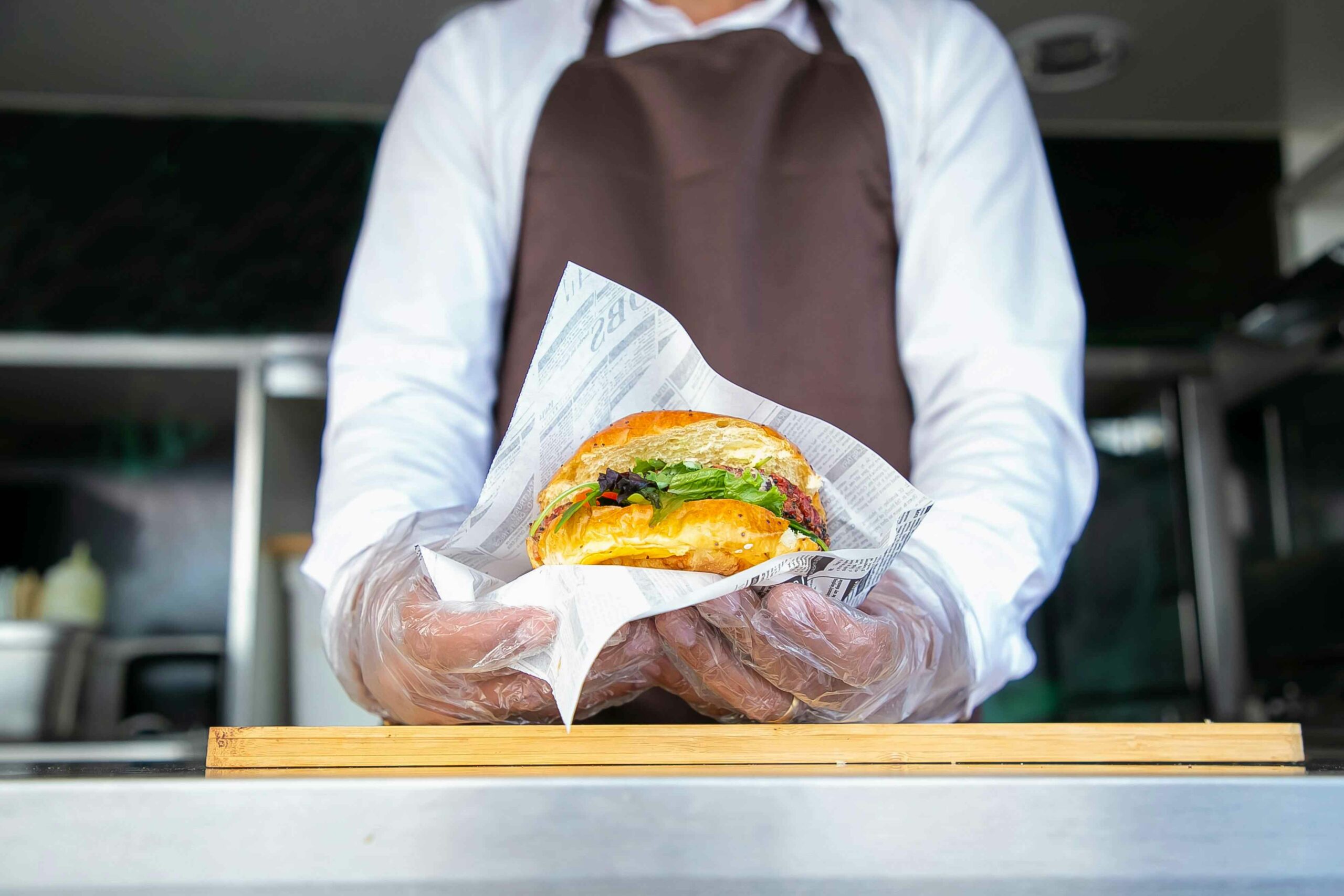
Are food trailers profitable? Абсолютно! Investing in a food trailer can be a smart move, especially if you’re passionate about food and community. With lower startup costs than a full-scale restaurant, food trailers offer flexibility and mobility.
You can take your culinary creations to festivals, markets, and events, maximizing your reach. Plus, with the right concept and execution, food trailers can be quite profitable. Just think about the potential—serving delicious meals on the go while building a loyal customer base!
Step 1: Research Your Market
Before you launch, get to know your potential customers. Who will be devouring your delicious offerings? Are they families looking for a quick meal, or foodies searching for the next big flavor? Understanding your target audience will help you tailor your menu and marketing strategies to attract those hungry patrons.
Следующий, scope out the competition. Check out other food trailers and trucks in your area. What cuisines are they offering? What makes them stand out? This research will help you identify gaps in the market and refine your unique selling proposition.
Besides, every location has its own set of rules regarding food service. Familiarize yourself with local regulations, health codes, and permits needed to operate a food trailer in your area. Ignoring this step could lead to costly setbacks down the road.
Step 2: Develop a Business Plan
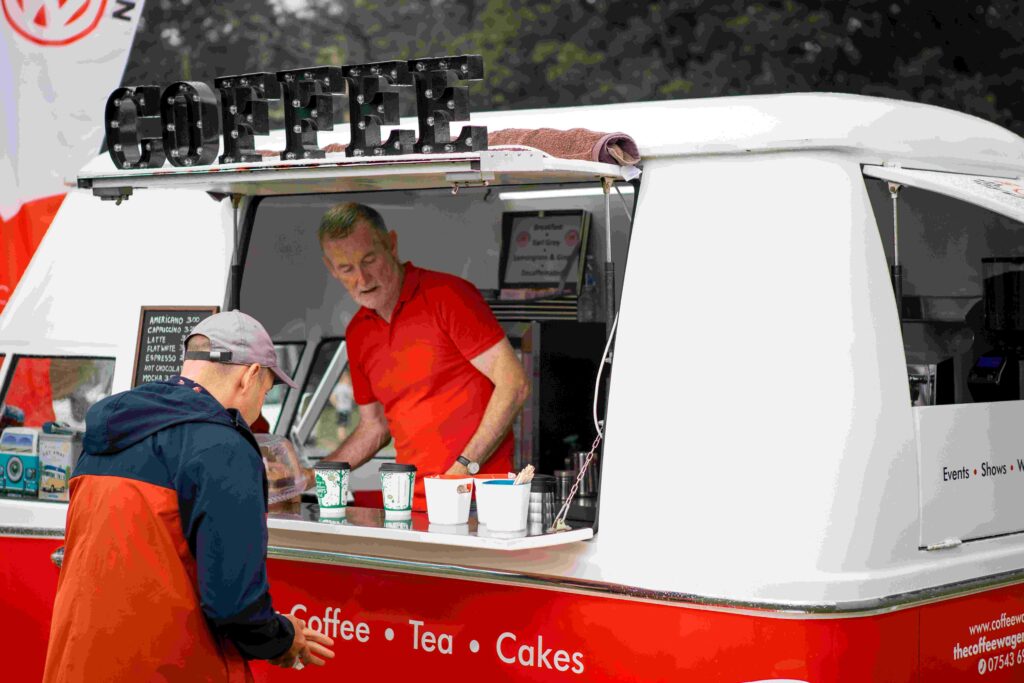
Outline Your Concept
Now that you’ve done your homework, it’s time to solidify your vision. What’s your culinary niche? Are you serving gourmet tacos, vegan delights, or artisanal desserts like ice cream? Clearly outline your concept and ensure it resonates with your target audience.
- Cuisine Type: Your cuisine type should reflect not only your passion but also market demand. Dive into trends, and don’t shy away from creativity.
- Unique Selling Proposition: What sets you apart from the rest? Maybe it’s a secret family recipe, or perhaps you source local ingredients. This unique selling proposition (USP) will be your key marketing angle.
Financial Projections
Let’s talk numbers. Create financial projections that include food trailer startup costs, monthly expenses, and expected revenue. This will not only guide your decisions but also help you secure funding if needed.
Marketing Strategy
Outline how you’ll get the word out. Will you rely on social media, local advertising, or partnerships with community events? A strong marketing strategy can build excitement before your grand opening.
Step 3: Choose Your Food Trailer
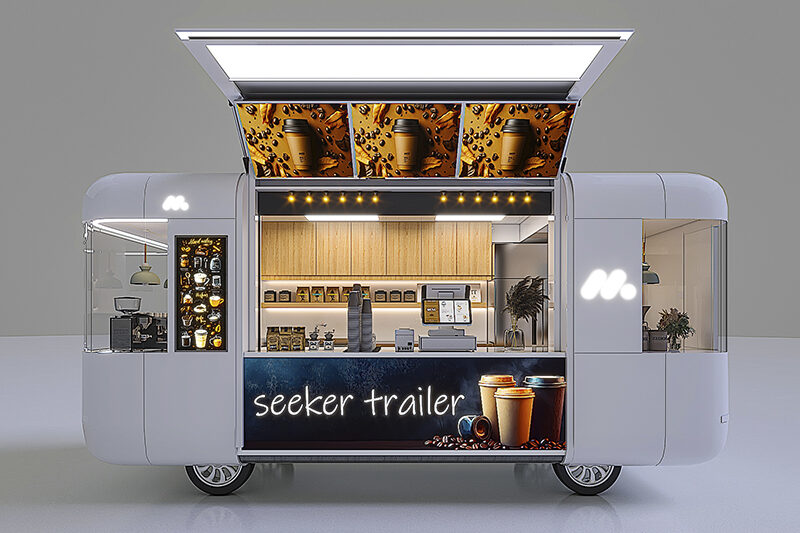
Новый против. Использовались прицепы для еды
When it comes to selecting a trailer, you have options. A new food trailer gives you the latest features, but it comes at a price. С другой стороны, buying a used trailer can save you money, just be sure to inspect it thoroughly for any potential repairs.
Custom Food Trailers Options
Consider investing in custom food trailers tailored to your specific needs from a reliable food trailers manufacturer. Customizations can include kitchen layout, branding elements, and equipment suited for your menu. This ensures you have a functional and attractive setup from day one.
Essential Equipment
Make a checklist of essential equipment you’ll need to operate efficiently—think grills, fryers, refrigeration, and storage. Investing in quality equipment can enhance your service speed and food quality.
Step 4: Obtain Necessary Permits and Licenses
Each city or state will have its own application process. If you import food trailers from China, be sure to check local regulations for specific requirements before starting your business.
- Health Department Permits: You’ll need to secure health department permits to ensure your food trailer meets safety and sanitation standards. This is non-negotiable for operating legally.
- Business License: Don’t forget to obtain a business license. This legitimizes your operation and allows you to run your food trailer without worries.
- Food Handling Certification: Getting certified in food handling is crucial. It not only enhances your credibility but also ensures you’re serving safe and delicious meals.
Step 5: Design Your Food Trailer
The design of your food trailer should prioritize workflow to ensure efficient movement between cooking, serving, and cleaning. После всего, a smooth operation makes for happy customers and a successful business.
Your trailer is essentially the face of your brand, so make it eye-catching! Incorporate your logo, colors, and overall theme to create a memorable experience. A well-branded trailer not only attracts customers but also reinforces your identity.
Кроме того, a clear and appealing menu display is crucial; it helps customers quickly decide what they want. You might opt for a casual chalkboard style or go for modern digital screens to elevate your look.
Step 6: Source Your Ingredients
To create delicious dishes, start by identifying reliable suppliers for fresh, high-quality ingredients. Building strong relationships with local vendors not only enhances your menu but also supports the community. Implementing quality control measures is crucial to ensure the consistency and freshness of your food; regular checks on your suppliers and ingredients will help maintain high standards. Кроме того, keep track of your inventory meticulously. An organized system minimizes waste and ensures you’re always stocked up on what you need, allowing you to serve your customers without interruption.
Step 7: Marketing Your Food Trailer
Once your food trailer is up and running, it’s crucial to keep a close eye on your sales and expenses. Utilizing accounting software can help streamline this process, providing valuable insights into your business’s financial health and allowing you to make informed decisions. Don’t stop gathering customer feedback after the launch; continue to listen to your patrons. Their input can reveal trends and highlight areas for improvement, helping you refine your offerings and service. As you become more comfortable with your operations, consider expanding your menu. Introducing new dishes not only keeps things fresh and exciting but also attracts repeat customers who are eager to try something different. Being adaptable and attentive will help you thrive in the competitive food trailer market.
Step 8: Launch Your Food Trailer
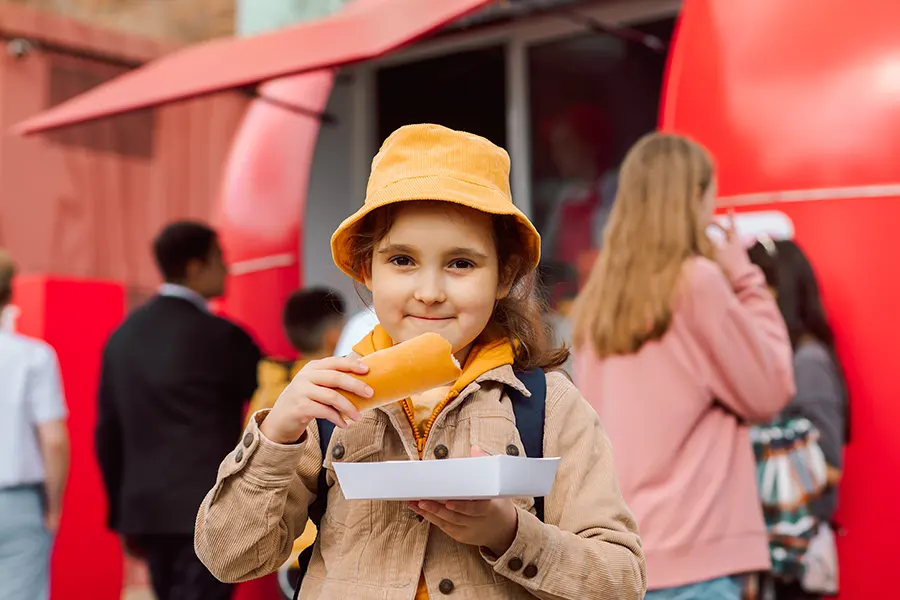
Before your grand opening, consider hosting a soft launch to test your operations and gather valuable feedback. This initial run allows you to work out any kinks and make necessary adjustments before officially opening your doors to the public. Encourage your customers to share their experiences; constructive feedback is invaluable for enhancing your service and menu offerings. Based on this input, be ready to tweak your operations as needed. Flexibility is essential in the food business, as it enables you to adapt to customer preferences and ensure a successful launch that resonates with your audience.
Step 9: Monitor and Adjust
Once your food trailer is up and running, it’s crucial to keep a close eye on your sales and expenses. Utilizing accounting software can help streamline this process, providing valuable insights into your business’s financial health and allowing you to make informed decisions.
Don’t stop gathering customer feedback after the launch; continue to listen to your patrons. Their input can reveal trends and highlight areas for improvement, helping you refine your offerings and service. As you become more comfortable with your operations, consider expanding your menu. Introducing new dishes not only keeps things fresh and exciting but also attracts repeat customers who are eager to try something different. Being adaptable and attentive will help you thrive in the competitive food trailer market.
FAQs on Food Trailer Business
1. How to buy a food trailer?
To purchase a food trailer, start by researching reputable food trailer manufacturers, local dealerships, or online marketplaces like Craigslist and eBay. If you’re considering a used trailer, inspect it thoroughly for any signs of wear, damage, or rust, and check that all necessary equipment is included. Request maintenance records and ensure it meets local health regulations. Кроме того, consider asking for a demo to see how it performs in real conditions.
2. How to run a food trailer business?
Running a food trailer business requires a multifaceted approach. You’ll need to manage daily operations like food preparation, service, and inventory management. Compliance with local health regulations is vital, so stay informed about permits and food safety standards. Кроме того, develop a strong marketing strategy that includes social media engagement and community outreach. Excellent customer service is crucial for repeat business, so train your staff to create a welcoming atmosphere and respond promptly to customer needs.
3. Что мне нужно, чтобы начать бизнес с продовольственным трейлером?
To start a food trailer business, you’ll need a reliable food trailer equipped with essential cooking equipment like grills, fryers, and refrigeration. Ensure you have all necessary permits and licenses, including health department permits and a business license. A solid business plan outlining your concept, target market, and financial projections is essential. Кроме того, a marketing strategy that includes social media and local promotions will help you attract customers from day one.
4. How much does it cost to start a food trailer business?
The startup cost for a food trailer business can vary widely, typically ranging from $5,000 к $50,000 или больше. Factors influencing the cost include whether you purchase a new or used trailer, the level of customization, and the equipment you need. Например, a basic used trailer might cost around $5,000, while a fully customized new trailer could exceed $30,000. Don’t forget to budget for permits, initial inventory, and marketing expenses as well.
5. What are the best locations for food trailers?
The best locations for food trailers are high-traffic areas where potential customers gather. Ideal spots include local festivals, farmers’ markets, parks, busy street corners, and events such as concerts or fairs. Consider areas with limited dining options or neighborhoods where foot traffic is high. Кроме того, keep an eye on local regulations regarding food truck placement to ensure you can operate legally and effectively.
Заключение
Starting a food trailer business can be an exciting adventure filled with delicious possibilities. By following these nine steps, from researching your market to monitoring your operations, you’ll be well on your way to creating a thriving mobile food business. Так, grab your apron, put on your entrepreneurial hat, and get ready to serve up some tasty treats now!



